Ruins of Mandu – tales of history, architecture, love and war
Ruins of Mandu, or Mandavgarh, once the capital of Malwa region, a fortified town, was also known as the “City of Joy”. Mandu is not about the ruins of the glorious past , but it is a bouquet of stories and legends. How should I start? Capital of multiple dynasties, a forgotten glorious past, city that was destroyed multiple times, architectural delight or the love story between Baz Bahadur and Roopmati. There is a famous Bollywood movie Rani Roopmati inspired by this story.
Some ancient scriptures talk about Mandu as one of the prosperous cities since the 6th century. However, going by various chronicles , it appears that the city reached its zenith during the reign of Paramara Dynasty in the 10th and 11th century. It’s fame reached everywhere and the Kingdom was subjected to multiple invasions.
After years of attack, Allaudin Khilji defeated the Paramara king and Mandu became a part of the Delhi Sultanate. The city built by Parmara dynasty was almost destroyed and new structures inspired by Afghani architect replaced the old buildings. After, Khilji dynasty’s downfall, Dilawar Khan, the then Governor of Malwa declared his province a free kingdom and built Mandu as his capital. After Dilawar Khan the kingdom was passed on to his son Hoshang Shah.
Dilawar Khan and his son, Hoshang Shah, ruled Mandu for many years, and built iconic structures like the Jami Masjid, modelled after Umayyad Mosque in Damascus (Syria), which also reflects a blend of Hindu and Islamic architecture. After Hoshang Shah , many different rulers and dynasties ruled Mandu from Bahadur Shah of Gujarat to Baz Bahadur to Mughals and Marathas. Different rulers left their architectural mark in the fort either by enhancing their predecessor’s set up or by adding more buildings to the city.
Baz Bahadur and Roopmati
Baz Bahadur was the last independent ruler of Mandu. Amongst all the rulers , Baz Bahadur’s story is a little different. He was a connoisseur of art and music and also got to fame because of his love for Roopmati, a Hindu poetess and singer. What is interesting about Baz Bahadur is that he didn’t force Roopmati to be her consort, which as a ruler could have been very easy for him.
He in fact proposed marriage to Roopmati and requested her to accompany him to his capital. Roopmati belonged to a weaker/poorer family and could not say “no” to the Sultan. She however, laid a condition, that, Baz Bahadur should construct a ‘palace for her’ within the sight of River Narmada. And the result was Roopmati’s Mahal and Rewa Kund reservoir.
This love story is remembered in the Indian history as a union which was not driven by any greed, lust, political alliance or any treaty which was quite common those days. Besides, the lady despite being from a lower strata saw her wish being fulfilled before the marriage. Roopmati became the queen of Malwa and was known as Rani Roopmati.
While, Rani Roopmati was a great poetess, composer, and singer, Baz Bahadur was a gifted lyricist and musician. While their love story set a new …., it also led to the downfall of the kingdom. It is said that they were so involved in each other that Baz Bahadur became negligent towards his duties to the the kingdom. And as the news of his lax approach started spreading , the Mughal army spotted an opportunity and attacked Malwa.
In 1561 the Mughal army led by Adham Khan attacked Malwa . Baz Bahadur had a small army of soldiers and he felt incapable of challenging the large Mughal battalion. He fled from Mandu leaving his province and his love, Roopmati all alone. Rani Roopmati consumed poison to save herself from the Mughal invaders and a great love story met with a tragic ending. Their love story is still alive in the folklores.
Mandu slipped into anonymity after Baz Bahadur’s era . Though Baz bahadur regained his Kingdom for a short period, but Mughals came calling soon. He remained a fugitive at a number of courts for the next few years finally surrendered to Akbar in 1570 and served the Mughals thereafter. However, the ruins of Mandu stand tall to narrate the stories of prosperity, culture, architecture and more.
Let’s take a look at the top things or places (or ruins) to Visit in Mandu
Jahaz Mahal (Ship Palace): This ruin is surrounded by two lakes and during the monsoon, when the water is filled up to the brim; it appears as if the building is floating on water. This double storeyed palace is nestled on two artificial lakes, Kapur Talao and Munj Talao. It has a rectangular shape and comprises of three halls with numerous narrow rooms and royal baths, Gothic-style arched entrances, overhanging balconies, open pavilions, cascades and fountains.
It was built by Ghiyaz-ud-din-Khilji to accommodate his 15000 concubines. Yes, you heard that right ! And now the structure is just a part of the ruins of Mandu !
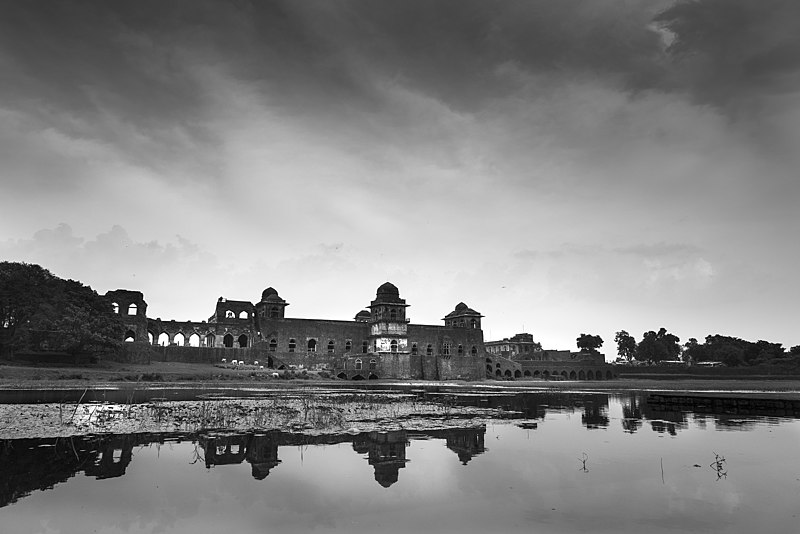
Water Management System of Mandu: There is more to the Jahaz Mahal. An amazing water management system! There are spiral ridges passing through the walls of the Palace which worked as pipes to the pools and were filled with sand to filter and monitor the flow of water. The lakes below acted as reservoirs and water was sent up to the pools with simple piston-based hydraulics! A clear example of water conservation system which was replicated across Mandu.
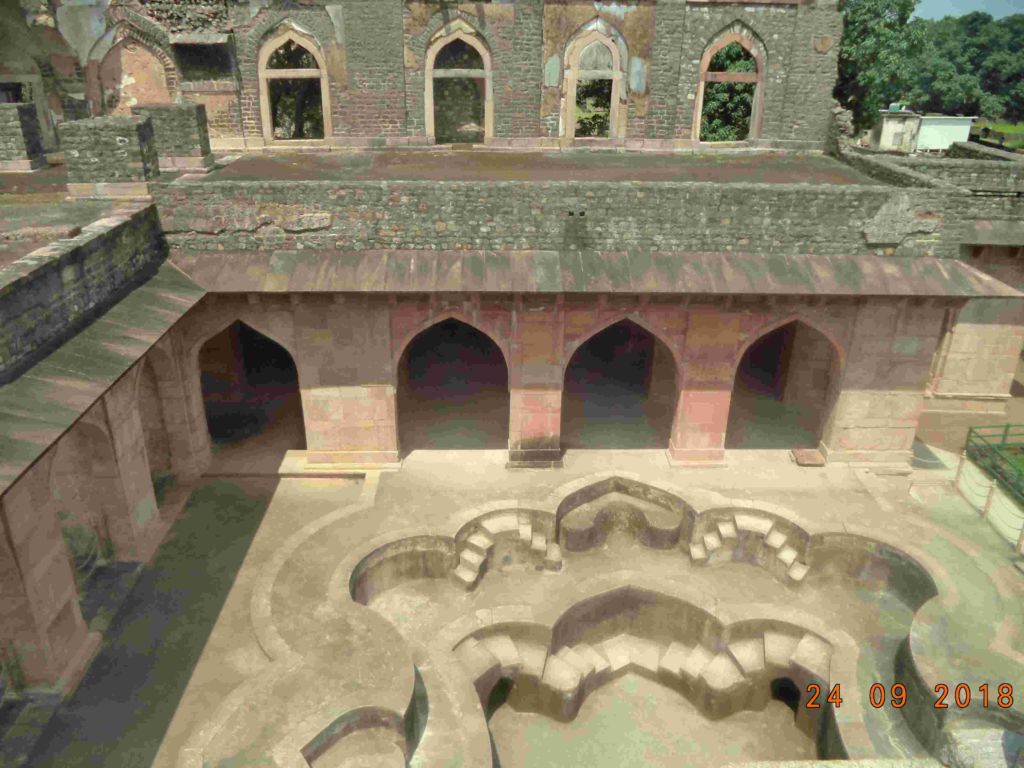
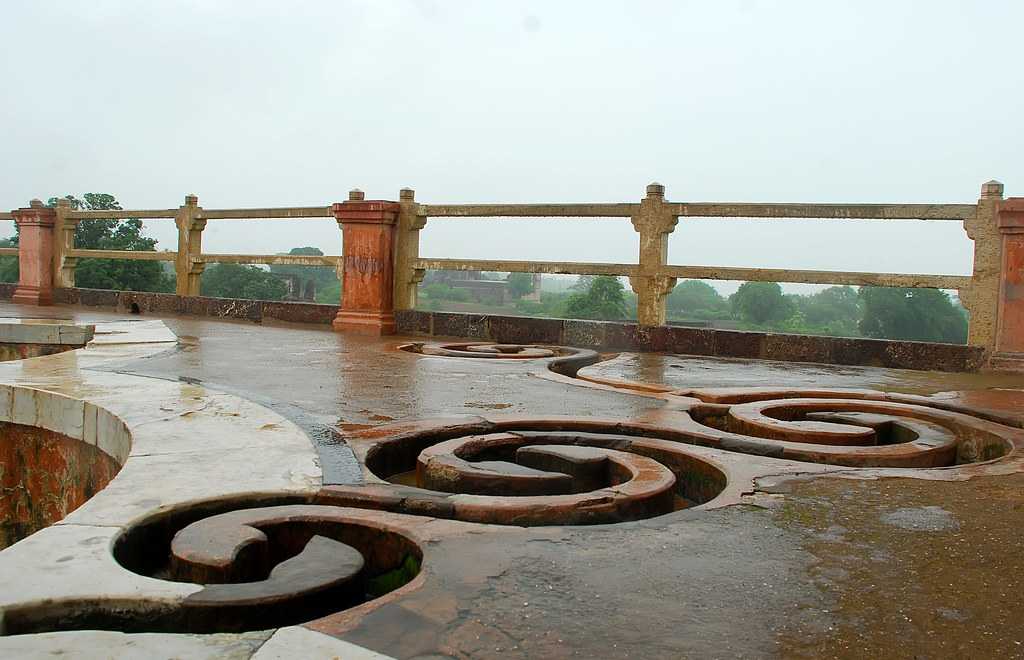
Baz Bahadur’s Palace: Situated on the slope of a hill in the midst of a picturesque setting, the palace consists of a spacious open court with halls and rooms on all the four sides and a beautiful cistern in its middle. Baz Bahadur’s Palace was constructed in the early 16th century, and is notable for its beautiful synthesis of Rajasthani patterns and Islamic architecture.
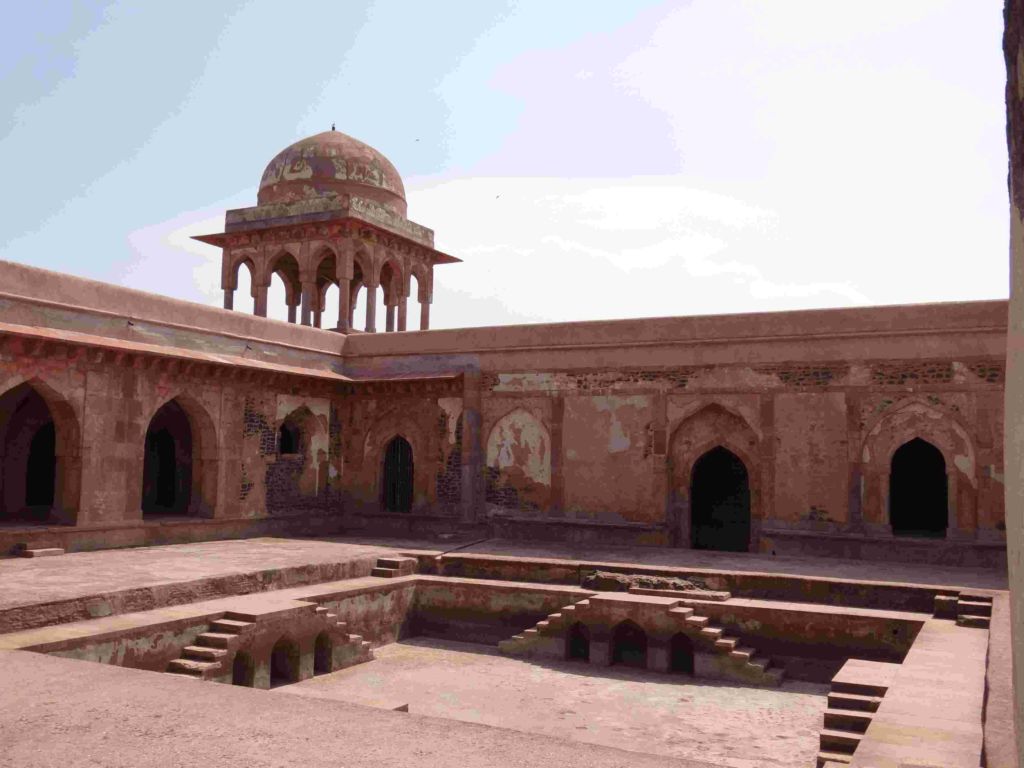
Rewa Kund and Roopmati Mahal: The Rewa Kund is a reservoir built by Baz Bahadur for Roopmati. It is equipped with an watercourse to supply Roopmati’s palace with water. Rani Roopmati’s Pavilion was built as an army observation post, but served more as Roopmati’s retreat. From this picturesque pavilion perched on a hilltop, the queen could gaze at Baz bahadur’s palace, and also at the Narmada flowing by below.
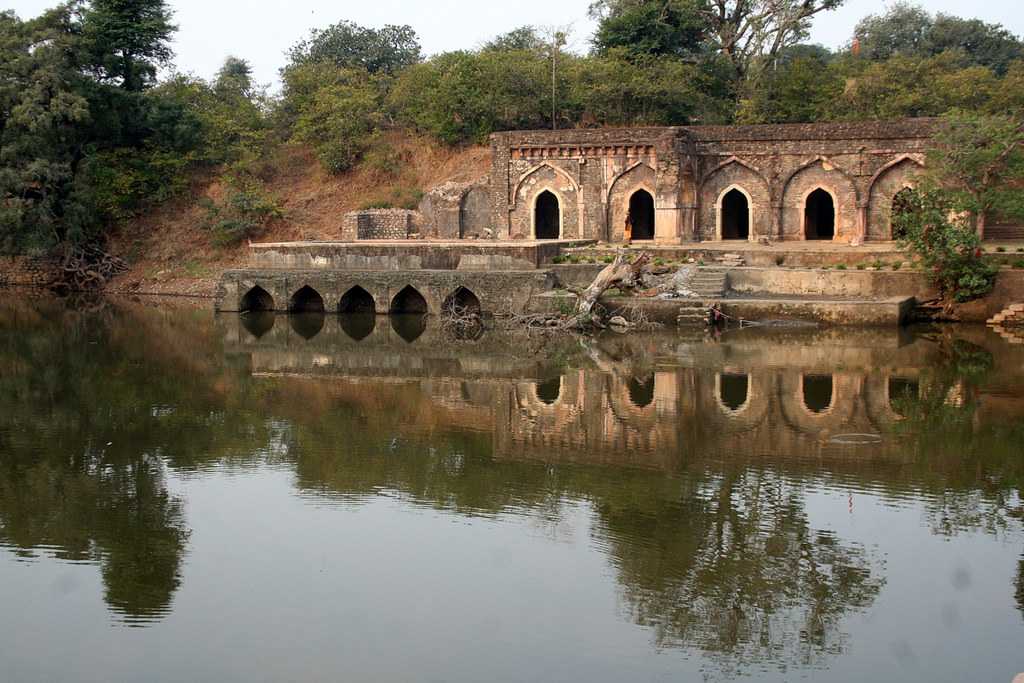

Jal Mahal: It is a part of the Royal Enclosure that also contains Jahaz Mahal. Located in Munj Talao(pond), the palace was built as a private monsoon sanctuary for noble couples. Close to ten pools of varying shapes, sizes, and depths form the front courtyard. They range from floral-shaped step pools to narrow, deep tanks running along its length.
Shri Mandavagadh Teerth: It is dedicated to the 7th Jain Tirthankar Suparshvanatha The temple has been attractively constructed and looks exquisite. It underwent expansion in 14th century. The idol of Lord Suparshvanath is believed to be much older. Ruins of many temples and idols can be seen here. It is said that once there were almost 700 Jain temples here.
Hindola Mahal: It literally translates to Swing palace and probably is so named because of its sloping side walls, perhaps creating an impression of swinging.
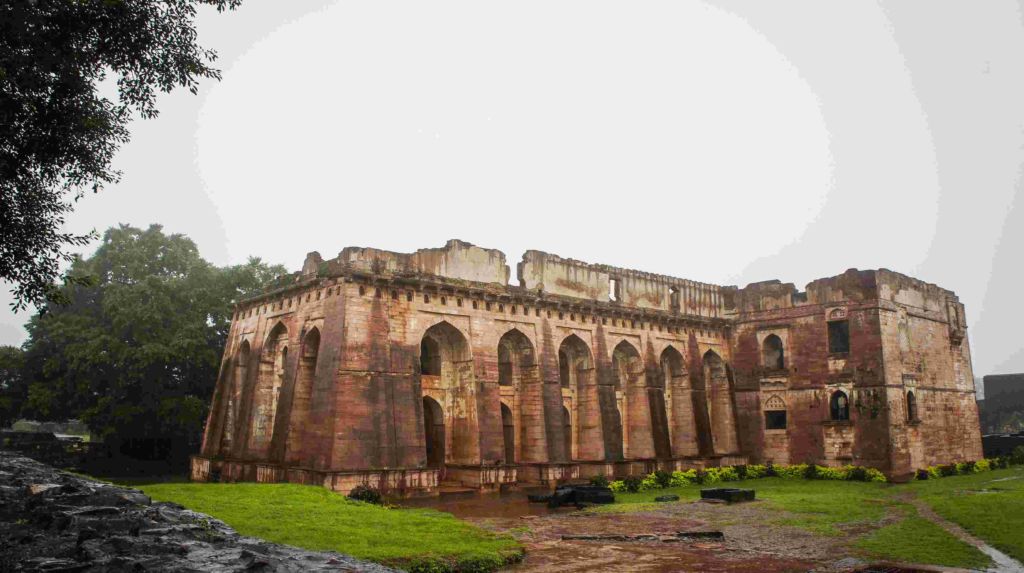
Hoshang Shah’s tomb: It is said to be the oldest marble tomb in India (a couple of hundred years older than the Taj Mahal, and was built in the 1400s, and boasts of an Afghan architectural style. It is believed that the intricate detailing and design of the tomb served as an inspiration for the construction of the Taj Mahal.
Jami Masjid : The structure is considered to be modelled on the Umayyad Mosque in Damascus and is a part of Afghan architecture . It has three huge domes and around 58 small domes with arches and pillars.
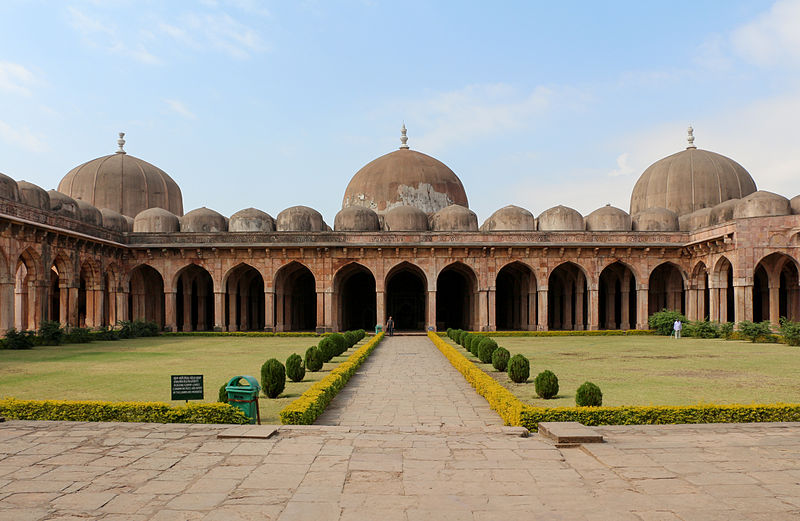
Baobabs: Yes, you heard it right ! Similar to the ones found in Madagscar ! And the locals call it as Mandu ki Imli (Tamarind), though the fruit tastes and looks quite different. There are dozens of these trees alongside the royal ruins of Mandu, by the main road. It is believed that a visitor from Madagascar gifted a few Baobab seeds to the King , which were planted at various spots in Mandu

The Darwazas (Gates) :The wall surrounding Mandu has 12 major Darwazas or gates. To reach Mandu , you have to pass through many of these. There are also smaller gateways built to provide protection to the above-mentioned 12 gates.
This is not all. There are other ancient structures, like the Champa Baodi (step-well) inspired by Turkish architectural pattern, Darya Khan’s Tomb set on a raised platform and adorned with intricate latticework, Bagh caves which are artificial caves embellished with beautiful paintings and murals, and the Neelkanth Mahal that is dedicated to Lord Shiva. And the stories…all of them can’t be captured in this one article. Isn’t it time to plan a trip to Mandu ?
For more such historical experiences in India, you could take a look at the article on Indian history from Indus Valley Civilization to Modern History
In case you are keen on traveling to Mandu , you could take a look at the itinerary of Madhya Pradesh and cover Mandu as a part of this itinerary.
India is not just about history. In fact, there are many more facets to this ancient land – culture, spirituality, mystery, nature, wildlife and so on. Read more about how to explore the different facets in destination India .
When to visit
The best time to visit Mandu is October to April, the weather is pleasant to walk around or cycle around the place. To get a real feel of the Jahaj Mahal, monsoon is a good time. Summers are best avoided.
How to get there
The nearest airport to Mandu is Indore, which is around 80 kilometres from Mandu and is well connected with all the major cities of India .
The nearest railway station is also Indore which is Junction 90 kilometres away. One can also take a cab or bus from Indore



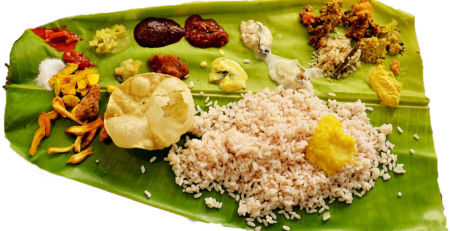


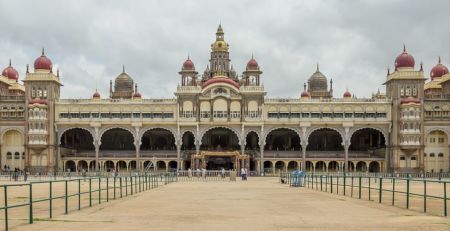



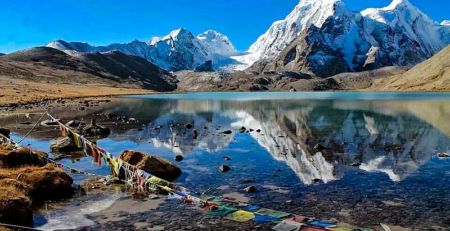
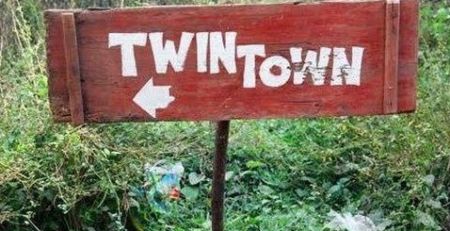
Leave a Reply